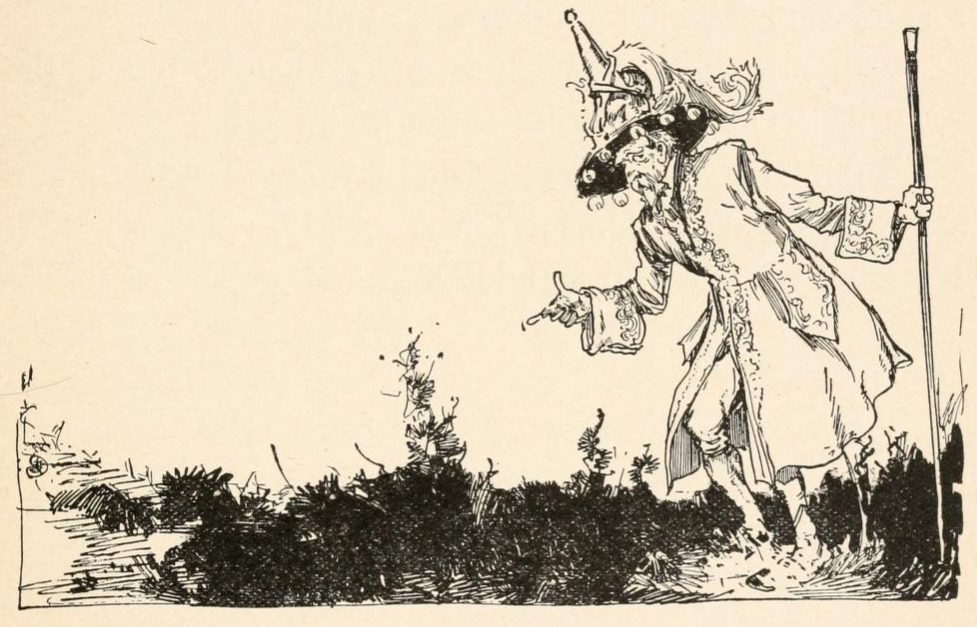Dorothy Plot
The impending assault on Oz parallels the impending loss of Dorothy’s own home in Kansas. Befitting a grand finale, the heavier tone and higher stakes continue on in the Dorothy plot as well—at least, at first.
The second chapter begins this main plot and elaborates on the poverty of Dorothy’s family. Baum has previously been unclear about the Gales’ economic situation. (I am not sure whether Aunt Em and Uncle Henry are surnamed Gale, but let’s assume so for that sentence.) The description of their lives in The Wo\nderful Wizard of Oz suggests an austere, miserable existence of impoverished drudgery. The family lives in a shack with “four walls, a floor and a roof, which made one room” (11) in the midst of a bleak, colorless prairie that has drained all happiness from Aunt Em until laughter shocks her, and Uncle Henry “worked hard from morning till night and did not know what joy was” (13). Their life is so lonely and hard that the moral “There’s no place like home” seems absurdly misplaced. However, the subsequent novels depict Dorothy traveling to Australia and California with her uncle. (I would bet money there is a reference to Henry having hired field laborers somewhere, but I can no longer figure out where it is, or in which book.) This suggests they might not be so poor after all, especially if they can afford this after losing their entire house to a cyclone.
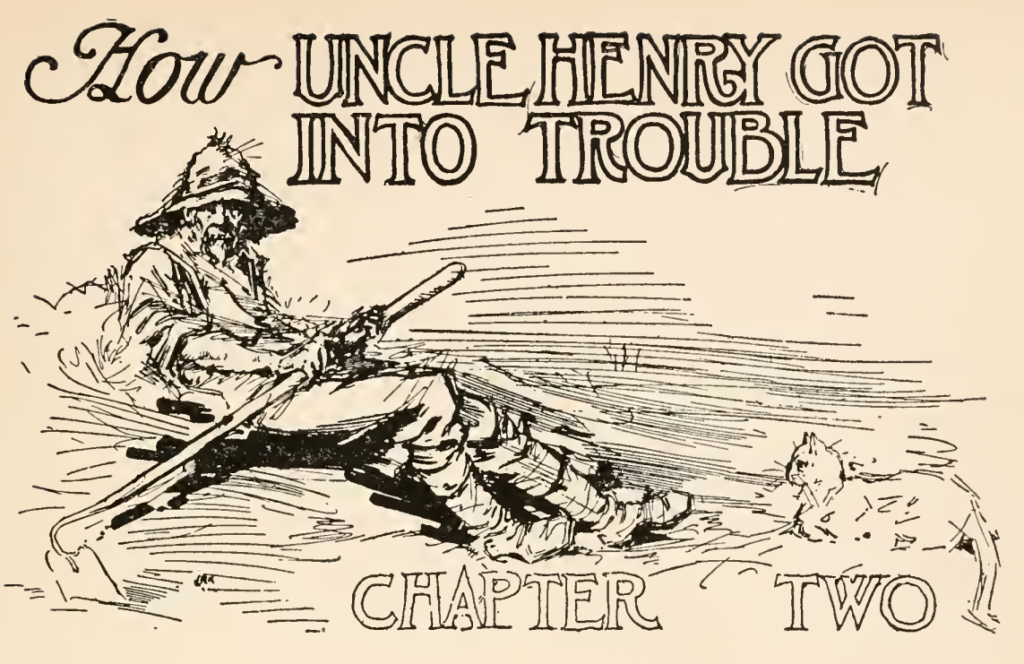
In The Emerald City, Baum retcons the previous events. Instead of traveling to Australia for fun to meet relatives, Henry went there on doctor’s orders after his health began failing, and the trip put severe economic strain on the family. The destruction of their old shack in The Wonderful Wizard has left the family hopelessly in debt. Henry is too sick to continue working the fields, which yielded too little to support them to begin with, and the bank is going to foreclose on the new house Henry himself built. It is just sad: “When the banker told Uncle Henry that he must pay the money in thirty days or leave the farm, the poor man was in despair, as he knew he could not possibly get the money. So he told his wife, Aunt Em, of his trouble, and she first cried a little and then said that they must be brave and do the best they could, and go away somewhere and try to earn an honest living. But they were getting old and feeble and she feared that they could not take care of Dorothy as well as they had formerly done. Probably the little girl would also be obliged to go to work” (23–24).
So far, Henry and Em have hidden their desperate situation from their orphan niece, explaining why she never took some gold or emeralds with her from Oz, where precious metals and gemstones are so abundant that everyone has them. When Henry and Em admit what is going on, Dorothy immediately decides they should move to Oz. Certainly, they wouldn’t have these troubles there. This time around, Baum elaborates that the Ozite economy is a successful communist dictatorship (in the normal sense of “dictatorship” instead of the weird specialized sense Marxists love to use), with no money, no bosses or overseers, purely voluntary labor, and an abundance of food and material goods freely given by all to all. Ozma has effectively abolished private property because everything in Oz is legally her personal property (30), and she lets all people enjoy it without limitation. In the first two novels, Oz is an unjust, unstable country full of slavery, death, and the consistent use of money. A novel depicting how, exactly, Ozma went about changing these conditions would be fascinating and an enormously better use of time than The Road to Oz and, for that matter, The Emerald City of Oz. Someone get on that (these are all public domain).
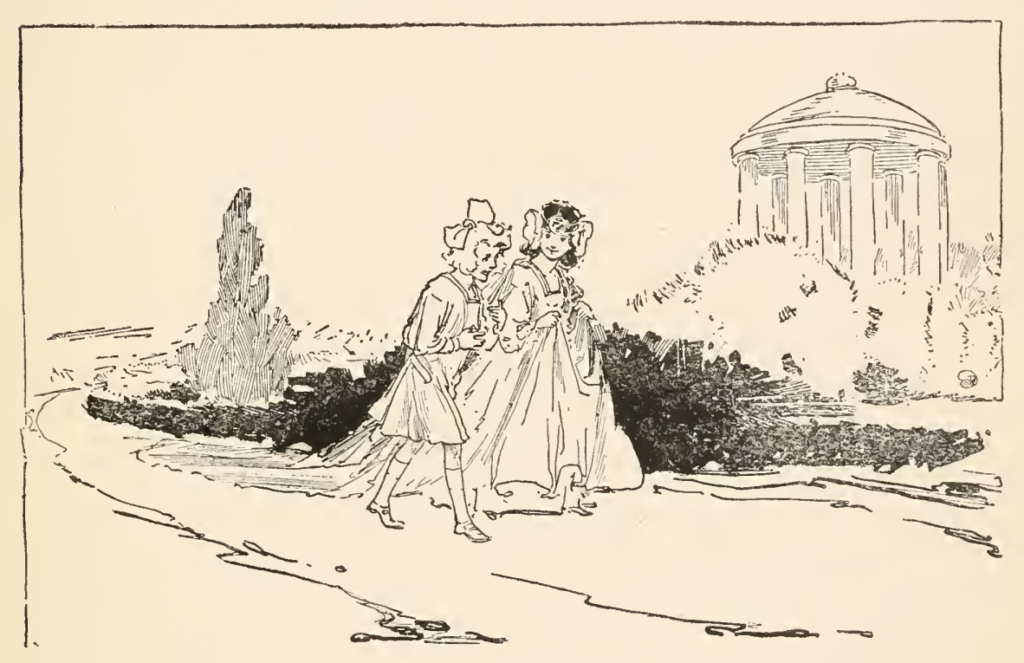
Communism via all property being one person’s private property is ironic indeed. That must be what people call dialectics. But this would spell catastrophe if a wicked, Nome King-like ruler inherited the throne, as the characters even claim happened once. This is the issue with a monarchy: even if you have the one in a billion genuinely benevolent dictator, they will die, and some rather worse guy will come in next. But that will not be an issue here since, for some reason, Ozma seems to be stuck as a little girl. If they do not age, I have no idea how there were ever other rulers of Oz short of assassinations, but there is no way Ozma’s parents could have, well, sired and given birth to her if they were still children themselves. And clearly Ozma has aged since she is not an infant. Even within the whitewashing retcons from Dorothy and the Wizard in Oz, Mombi still keeps Ozma’s family prisoner for multiple generations, indicating aging and death. Just don’t think about it! Baum didn’t. (There is a non-Baum Oz novel called Paradox in Oz about this very subject!)
While Return to Oz depicts Henry and Em concerned for Dorothy’s mental health, in The Emerald City they not mind Dorothy’s fantastical stories whatsoever, though they do not believe they are real. Henry and Em are also strangely chill about their niece frequently vanishing for weeks at a time, leading at least twice now to them going into mourning believing she is dead, but let’s ignore that. Dorothy performs her special hand signal, and Ozma, seeing Dorothy in the Magic Picture, warps her from her bedroom in Kansas back to the Emerald City. There, Dorothy tells Ozma she wants to move to Oz with her aunt and uncle. The next day, Ozma warps them to Oz without any warning. Luckily, neither of them were, say, in the middle of changing clothes or using the toilet. Though at first overwhelmed, embarrassed, and terrified, Henry and Em soon accept their new situation.
Unfortunately, the initial drama of the Dorothy plot, and the suspense of the Nome plot too, evaporates for interminable filler that comprises most of the book. Ozma sends Dorothy, Henry, Em, Toto, Billina, the Shaggy Man (now capitalized), the Wizard, and Omby Amby (the head of the non-existent Ozite military, a character I have not mentioned in these posts) on a tour of Oz. A reader might expect that, for the conclusion, this will serve as a method for Baum to revisit past locations and characters for some reflection, perhaps glimpsing Ozma’s hometown, say, or returning to the ruin of the farmhouse blown to Oz in the cyclone. Instead, with the exception of the Woggle-Bug’s athletic college, the characters only stop by places never before mentioned.
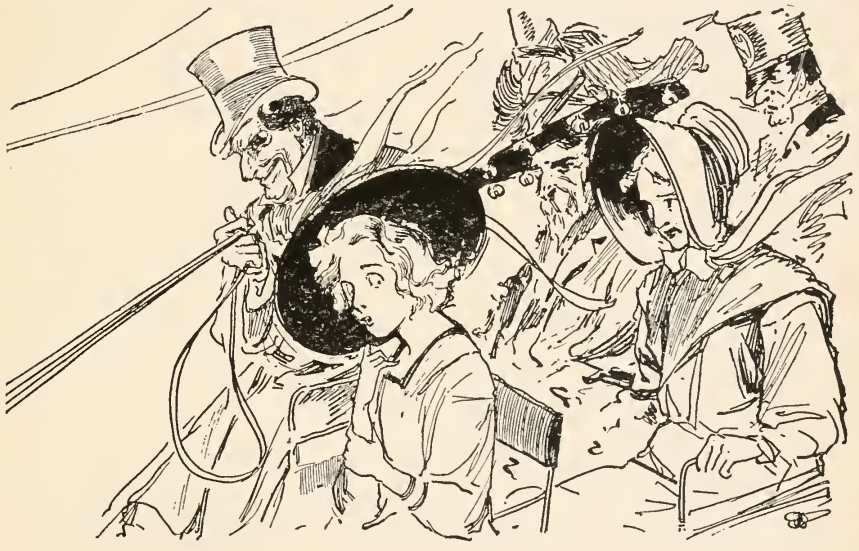
Initially, the chapters alternate between Dorothy’s and Guph’s travelogues, the former hollow hijinx and the latter suspenseful and violent exploration of new aspects of the Oz world. The book’s pacing suffers dramatically when Guph finishes his travels, not reappearing until the finale. Baum dedicates about a third of the text to golly-gee-whiz comedy and pastoral rambling with no suspense or drama, much like most of The Road to Oz. The material is especially insipid compared to the Nome plot and the serious real-world topics explored early on. Cutting directly from the treacherous Phanfasms becoming “a pack of howling wolves” encircling the conniving and alarmed Guph in their illusion-city (124) to Dorothy and her boring, vapid pals in an idyllic woods meeting a random talking kangaroo crying over mittens (130) is so jarring it almost feels like a joke. (The kangaroo plot is resolved when Dorothy and her friends assemble an old woman from jigsaw puzzle-like pieces to knit new mittens. I think there is no subsequent mention of this kangaroo episode.)

In this large filler section, chapters fifteen to twenty-three are a particularly Alice in Wonderland-style sequence. The tourists get lost and set up a camp. In the morning, Dorothy, Toto, and Billina wander off into the thick (Gillikan Country?) forest and discover a militant city-state of living kitchenware whose people have never heard of Ozma. Later in this tidal wave of puns, they find a town of sapient baked goods, where the brainless, perpetually destructive Toto eats several people (!) and gets Dorothy, himself, and Billina driven out of the city by an angry mob—which is, granted, surprisingly dark.
An earlier chapter involves the town of the Cuttenclips, living paper doll people whom Glinda’s magic protects from weather but not the Shaggy Man’s sneezes. Later, Dorothy discovers Bunnybury, a city with a high wall that Glinda also created. Bunnybury and these three cities of conscious inanimate objects seem like a callback to the “china country” in The Wonderful Wizard of Oz, a walled city-state in Quadling Country whose inhabitants and buildings are all made from porcelain. Perhaps the utensil town and baked good town each once had its own local sorceress, like Miss Cuttenclip in the paper doll town, but over time they lost their founders?
The only part of these filler chapters of clear thematic significance to the rest of the story is Dorothy’s visit with the King of Bunnybury. He is actually elected to this position, unlike the hereditary monarchy that usually obsesses Baum. Glinda has created a walled city for the rabbits to inhabit, freeing them from the food chain and the wilderness for luxury, security, and “civilization” in the form of clothes, houses, balls, music, and other human customs. The King rabbit spends his days weeping and longing for his old life, as he explains to Dorothy over their luncheon:
“Rabbits are out of place in such luxury. When I was young I lived in a burrow in the forest. I was surrounded by enemies and often had to run for my life. It was hard getting enough to eat, at times, and when I found a bunch of clover I had to listen and look for danger while I ate it. Wolves prowled around the hole in which I lived and sometimes I didn’t dare stir out for days at a time. Oh, how happy and contended I was then! I was a real rabbit, as nature made me—wild and free!—and I even enjoyed listened to the startled throbbing of my own heart!”
“I’ve often thought,” said Dorothy, who was busily eating, “that it would be fun to be a rabbit.”
“It is fun—when you’re the genuine article,” agreed his Majesty. “But look at me now! I live in a marble palace instead of a hole in the ground. Every day I must dress in fine clothes and wear that horrible crown till it makes my head ache. Rabbits come to me with all sorts of troubles, when my own troubles are the only ones I care about. When I walk out I can’t hop and run; I must strut on my rear legs and wear an ermine robe! And the soldiers salute me and the band plays and the other rabbits laugh and clap their paws and cry out: ‘Hail to the King!’ Now let me ask you, as a friend and a young lady of good judgment: isn’t all this pomp and foolishness enough to make a decent rabbit miserable?” (210–211)

During Dorothy’s stay with the King of Bunnybury, she promises she will ask Glinda to return the King to the wild. But the King asks Dorothy to petition Glinda to allow him to keep his jugglers and assorted other amusements until, in the end, he realizes he wants to remain in Bunnybury, promising not to be sad anymore. “If you won’t say anything to Glinda I’ll promise to be merry and gay all the time, and never cry or wail again.” He deems his previous thoughts “foolishness” and swears “on the royal word of a King” to “enjoy [himself] and do [his] duty by [his] subjects” (224).
Ozma has a rather pushy streak in The Emerald City. She refuses, for instance, to allow Dorothy to renounce her royal title (36) because she adores Dorothy so much she never wants to be away from her (gaaaay + they kiss several times). She forces Henry and Em to dress in clothes they find uncomfortable. “Uncle Henry and Aunt Em had some trouble in getting used to the finery and pomp and ceremony of Ozma’s palace, and felt uneasy because they were obliged to be ‘dressed up’ all the time” (87). Aunt Em jokes, “[W]e’re helpless victims of high-toned royalty.” The narration states, “Dorothy was much amused” (69).
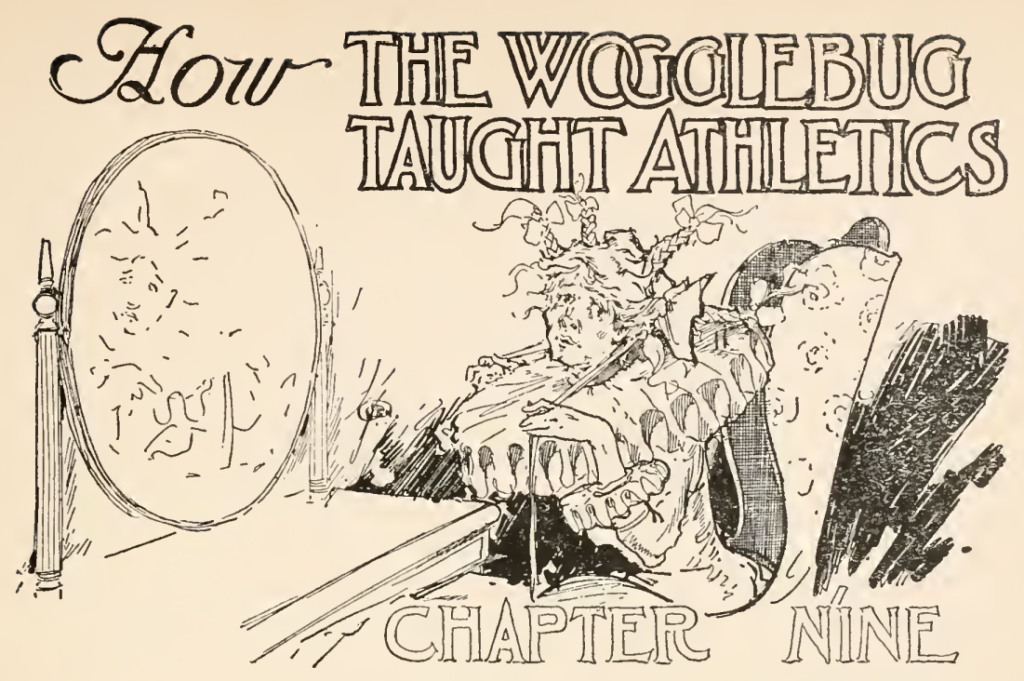
Ozma is rather cruelly dismissive of Henry and Em’s life in the US, as well: “The old life can have very little interest to them, and the sooner they begin the new life here the happier they will be” (54). I am not sure what happens to all of the Gale family’s chickens or to Dorothy’s pet cat, Eureka. Presumably, they are all just abandoned to die in the bleak Kansas prairie because Baum forgot them or because Eureka, as we see in Dorothy and the Wizard in Oz, is too much of a real animal to live in Oz. (Baum remembers Eureka in The Patchwork Girl of Oz and adds that Dorothy brought her along too. I guess he forgets the latter chapters of Dorothy and the Wizard in Oz. Perhaps the family had already stopped keeping chickens for some reason.)

With barely any adjustment, this is a horror scene: Henry and Em vanish from their home and reappear in a dazzling throne room containing a huge lion and tiger. They behold their missing niece, now dressed up in elegant green as though assimilated into the place, says to them, “You are now in the Land of Oz, where you are to live always, and be comfer’ble an’ happy. You’ll never have to worry over anything again, ’cause there won’t be anything to worry about. And you owe it all to the kindness of my friend Princess Ozma” (55). And they recall their niece has told them of the nightmares and monsters that have faced her in this fairy land, from the various witches to the hideous cannibal Scoodlers to the vicious invisible bears who leave body parts strewn over their meadows. They are at the mercy of the capricious, inhuman Ozma now.
Or not. This is not a kidnapping, really. Henry and Em are happy to escape capitalism forever, and the people of Oz genuinely show them nothing but kindness. Baum definitely intends the change to only be positive:
It was a rare treat to these simple folk, who had lived in the country all their lives and known little enjoyment of any sort, to wear beautiful clothes and live in a palace and be treated with respect and consideration by all around them. They were very happy indeed as they strolled up the shady walks and looked upon the gorgeous flowers and shrubs, feeling that their new home was more beautiful than any tongue could describe (73–74).
The King of Bunnybury’s situation mirrors that of Henry and Em. He begins leading a harsh, more real-world life only for a sorceress (Glinda, in his case) to, without his consent, remove him into a magical paradise where he has to behave and dress in accordance with idealized nobility inside a luxurious palace where various similarly costumed subordinates put on performances for him all day and servants satisfy his every need. While Ozma concedes to find some light work for Henry and Em to do because they desire not to live idly, she refuses to allow them to have a farm in Oz. “You’d be a reg’lar lunatic to want to leave Bunnybury for a wild life in the forest, and I’m sure any rabbit outside the city would be glad to take your place” (224). This rebuke to the rabbit King applies, with a few changes, to Henry and Em: You’d be a lunatic to want to leave Oz for the brutal capitalism of the US, and I’m sure any other American would be glad to take your place.
